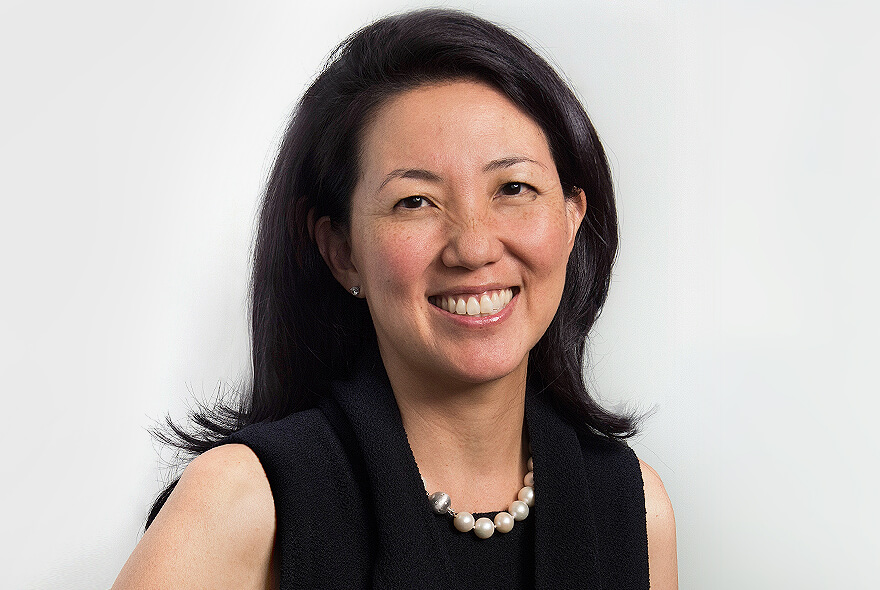When I walked into Dr. Kelly Baek’s office the spring of 2016, I was shaking. It felt like a huge chance in front of me to start a family that I wanted so badly, yet also my last chance at that vision. I had already tried naturally for so long, done six rounds of clomid, almost a dozen trigger shots. What else could be done? I knew that IUI and IVF were options for some, but I wasn’t so sure that conceiving my own babies was in the cards for me so it felt like the beginning of a roller coaster, when there’s that pit in your stomach, where you know there’s a big ride ahead, that’s going to bring a thrilling series of lots of ups and downs. If you haven’t read the beginning of my IVF journey, you can check it out here where I pour out my heart and soul. And if you’ve been following me for some time, you know that I now have not one, two but three beautiful babies as my happy ending. It was a journey to come here, and it was Dr. Baek who took every essential step for me to meet this family of my dreams.
Please say hello to Dr. Kelly Baek, the woman who made it all happen, and who so gracefully offered her time to me over the past weeks to chat through the facts, your questions, the emotions that come with infertility. She even gave us a peak into her personal life as a fertiltiy specialist (who works every single day of the week) which I’ll share in part two of this interview!

What research is being done to explain “unexplained infertility?”
What I have learned and have discussed with my colleagues nationwide is that “unexplained infertility” is not truly “unexplained”. Most patients “unexplained” infertility are patients who are either sub-fertile or who have etiologies or causes that have not been uncovered yet. For years, the uterine lining was a mystery. We could do our best to develop genetically normal embryos but we would transfer them into the uterus and hope for success. When transfers failed, we would perform hysteroscopies, add additional medications and supplements and sometimes look for immunologic causes for implantation failure. Now with the different endometrial biopsies including the endometrial function test at Yale and the endometrial receptivity assay, we are uncovering more answers for why transfers may not have been successful. Finally, I personally have found that endometriosis which affects 1 in 10 women is underdiagnosed and oftentimes the reason couples with completely “normal” fertility work-ups are not successful.
Many women are misdiagnosed prior to visiting your office– what is the most common scenario you see?
Oftentimes, I find that women undergo fertility treatments including IUI and ivf cycles before undergoing a basic fertility assessment: hysterosalpingogram, hormonal assessment and semen analysis.
I also see patients who believe they had an evaluation. Some believe they had a hysterosalpingogram, HSG, which is the gold standard to assess the uterine cavity and fallopian tubes which is performed with a radiologist only to learn they had a saline hysterosonogram which is a different test. Further, for women who have had a hysterosalpingogram, it is critical for fertility specialists to view the images themselves and not rely on reports as there are findings that are important for fertility specialists that differ from radiologists. Is the uterus midline? deviated to the right or left? Is there a straight AP (anterior posterior) view or is the view of the uterus from the top or bottom. Unless the view is straight on, it is challenging to rule out congenital uterine anomalies that can prevent implantation and increase the risk of miscarriage such as a uterine septum. I also look to see if the tubes fill and spill with dye but I also assess the caliber of the tubes. Normal tubes are thin and threadlike. Dilated fallopian tubes called hydrosalpinges are associated with lower pregnancy and increased miscarriage rates as toxic fluid within the dilated tubes can reflux into the uterus.
Many patients provide IUI sample reports when asked for semen analysis reports. IUI samples only have concentration and motility on the reports. Morphology is not assessed with an IUI since slides need to be made to count the number of normal shaped sperm. Once sperm are smeared on slides to be viewed under a microscope, the sperm are not viable. Therefore, IUI samples where semen is washed and prepped for insemination are not assessed for morphology. A complete semen analysis includes concentration, motility and morphology.
For every patient, I insure a basic fertility evaluation (semen analysis, hysterosalpingogram, hormonal assessment) and tests dictated by their specific medical history before I proceed with any fertility treatment.
You diagnosed me with Adenomyosis –something my former gynecologist completely missed 6 months prior. Do you see a misdiagnosis happening a lot with patients?
Adenomyosis is endometriosis that is inside the uterus. Endometriosis affects 1 in 10 women. It is missed in many patients. Many women are diagnosed as having GI disorders, menstrual irregularities, etc instead of being diagnosed with endometriosis. There is a misconception that if you don’t have severe pain with your periods you can’t have endometriosis. I suspect endometriosis in women :
*who have a lower ovarian reserve than expected for their age
*who have a uterus deviated to the right or left
*who have one ovary with much less ovarian activity than the opposite ovary
*who have an endometrioma or adenomyosis findings on ultrasound
In addition to ovarian reserve testing and ultrasound, a pelvic exam oftentimes will reveal thickened uterosacral ligaments. Blood, ultrasound and pelvic exam findings together help make the diagnosis. Adenomyosis can be detected on ultrasound but specialists need to know what to look for. I perform hundreds of ultrasounds weekly and therefore have a keen eye for ultrasound findings.
Identifying endometriosis in women who have been misdiagnosed for years has been life altering for many patients. There are studies that women with endometriosis are diagnosed a decade after their initial presentation.
Whats the most common scenario you see?
For women with undiagnosed Adenomyosis – I see women who have had repeated failed iui, ivf and FET cycles even with genetically normal embryos and recurrent miscarriages.
I remember you advising me to cut out sugar and eat lots and lots of high fat and protein to increase egg quality. Would you advise this to all women trying to conceive? Whats the best fertility diet in general?
I don’t believe there is one perfect fertility diet. I believe everything in moderation is ideal. No carb, keto or atkins diets which can suppress ovarian activity. Keto diet is to try to get your body into a state of starvation aka ketosis. Therefore it is not surprising that this diet can suppress ovarian activity and ovulation. I advise against high sugar consumption. The membrane of the egg is made up of lipid or fat cells so I advise patients to consume good fats. When women consume seafood multiple times a week, I check mercury levels. Even when women consume organic wild caught fish, they can have high mercury levels. I address and change their diet to cut down their seafood intake if mercury levels are elevated. I also recommend small frequent meals to avoid glucose highs and lows.
How long should you try to conceive naturally before seeking a specialist?
Ok, so much more you guys, and my favorite questions about how Kelly became a fertility specialist and what she does in her precious free time coming soon. Stay tuned!


Love this thank you x